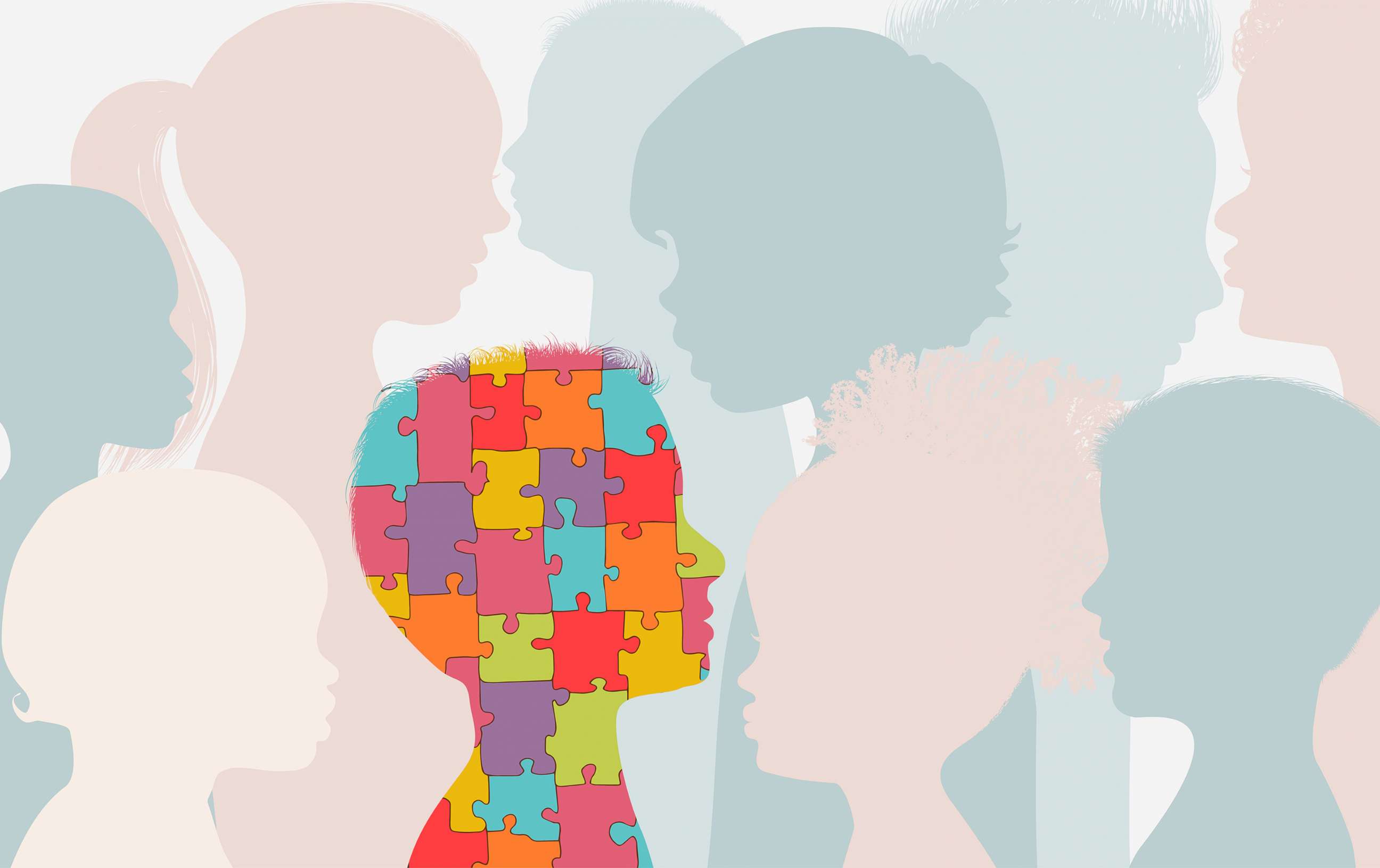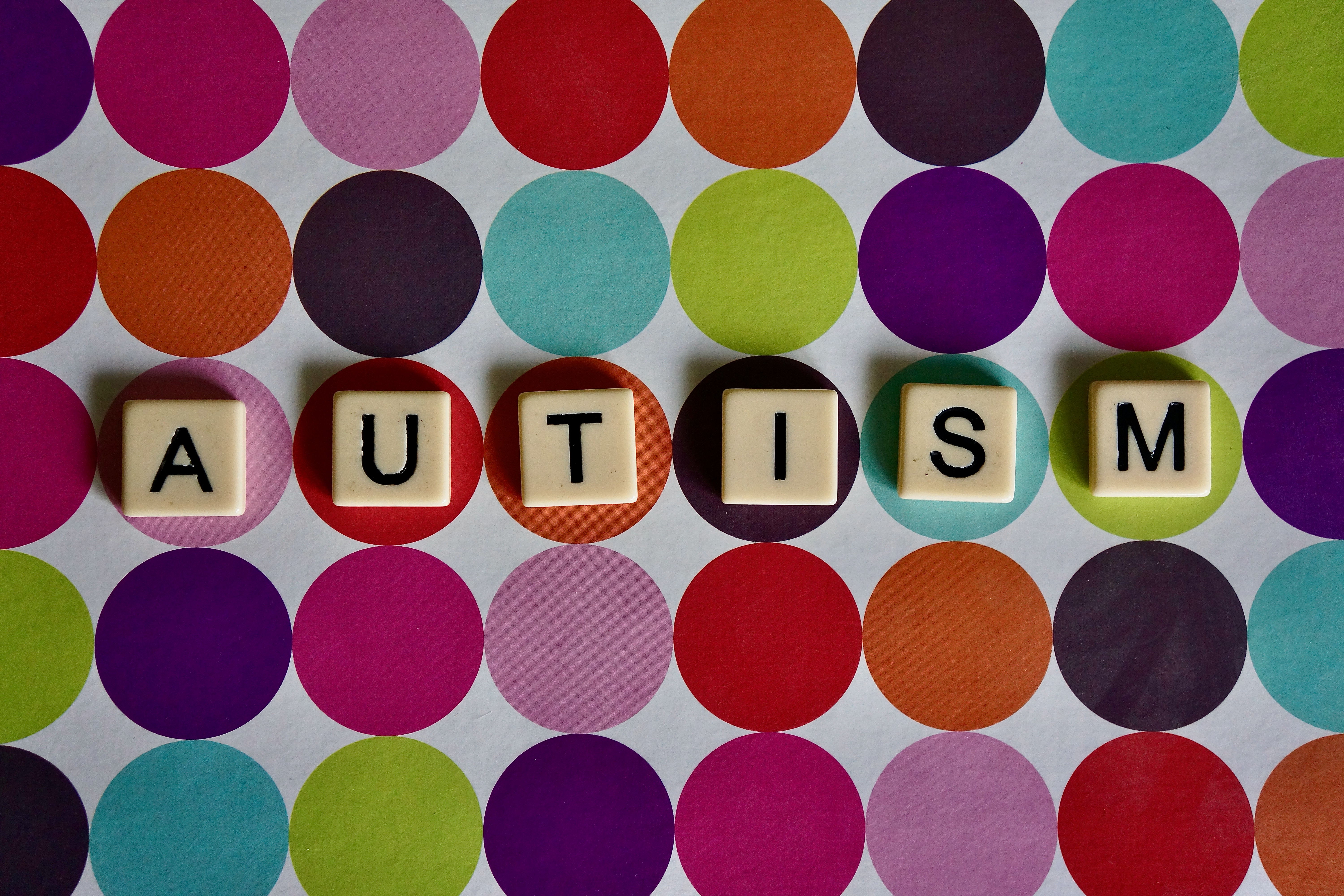Checking Out Autism: Strategies for Reliable Interaction and Communication
Effective interaction and communication with individuals on the autism spectrum demand a detailed understanding of their special requirements and preferences. Strategies such as utilizing clear language, making use of visual assistances, and cultivating constant regimens can dramatically enhance interaction and minimize anxiety. Additionally, recognizing the importance of non-verbal hints and shared passions leads the method for meaningful connections. The details of these strategies reveal further considerations that warrant exploration, especially in exactly how they can be adjusted to varied contexts and private experiences. What might these adjustments resemble in technique?
Understanding Autism Range Disorder
Autism Range Condition (ASD) includes a series of neurodevelopmental problems identified by challenges in social interaction, communication, and repeated behaviors. The term "spectrum" shows the varied indications and differing levels of extent experienced by people with ASD. While some may display significant disabilities, others might display high-functioning traits, enabling better self-reliance in every day life.
The onset of ASD generally takes place in early childhood, with indicators usually well-known by age two. Very early indications may consist of delayed speech advancement, restricted eye get in touch with, and problems in comprehending social hints. The precise etiology of ASD stays vague, study suggests a mix of genetic and environmental elements plays a critical duty in its advancement.
People with ASD frequently have unique toughness, such as heightened interest to detail and exceptional memory abilities. They may battle with recognizing abstract principles and taking care of adjustments to routine - autism. Therefore, interventions and support customized to individual requirements are essential for fostering communication and social skills. Acknowledging the complexity of ASD is essential for promoting understanding, acceptance, and efficient techniques that promote significant communications with individuals on the spectrum.

Significance of Clear Interaction
Efficient communication is essential for cultivating understanding and connection, particularly for individuals with Autism Spectrum Disorder (ASD) Clear interaction not just helps with social communications but additionally improves the individual's capability to express their needs, ideas, and emotions. For people with ASD, the subtleties of language can typically be challenging; for that reason, making use of unambiguous and uncomplicated language is crucial.
Moreover, clear communication helps in reducing frustration and anxiety that might emerge from misunderstandings. When messages are communicated in a constant and direct way, individuals with ASD are better geared up to analyze details precisely, which can substantially enhance their social involvement and engagement in different settings.
Developing routines and using aesthetic assistances can even more strengthen clear communication. These methods offer people with predictable structures that assist comprehension and retention of information. Furthermore, proactively being and paying attention patient throughout communications promotes a helpful environment where people with ASD really feel valued and comprehended.
Inevitably, focusing on clear communication not only encourages people with ASD however likewise promotes more purposeful links with their peers, caregivers, and the larger neighborhood, paving the way for collaborative partnerships and comprehensive interactions. - autism
Non-Verbal Interaction Techniques
Interaction prolongs past words, and for individuals with Autism Spectrum Problem (ASD), non-verbal signs play a substantial function in communications. Non-verbal interaction methods can include faces, gestures, body language, and eye get in touch with, every one of which act as important parts for conveying feelings and objectives.
Understanding and translating these non-verbal signals can improve communications with people with ASD. A cozy smile or open stance can create an inviting ambience, encouraging engagement. In a similar way, utilizing aesthetic aids-- such as image cards or icons-- can connect interaction spaces and assist share messages better.
It is likewise vital to be mindful of personal area, as people with ASD might have different convenience degrees pertaining to distance. Observing their reactions to physical nearness can inform proper changes.

Producing Supportive Settings
Producing a supportive environment is essential for fostering positive communications and enhancing the well-being of people with Autism Spectrum Disorder (ASD) Such settings can substantially lower anxiety and produce a feeling of safety, enabling people to reveal themselves extra easily.
To achieve this, it is important to take into consideration sensory level of sensitivities that people with ASD might experience. Modifying the physical area to consist of soft lighting, marginal history sound, and comfortable seating can develop a soothing environment. Additionally, utilizing regular regimens and clear visual schedules can aid people expect changes and minimize uncertainty, additional promoting convenience.
Social rooms must be structured to decrease overwhelming stimuli while offering possibilities for engagement in favored activities. Facilitating locations marked for silent time can likewise work as a haven during minutes of stress. Importantly, incorporating elements of choice encourages people, permitting them to exercise agency in their setting.

Encouraging Social Interactions
Cultivating social communications amongst individuals with Autism Spectrum Disorder (ASD) needs deliberate techniques that prioritize convenience and engagement. Establishing foreseeable routines can aid decrease anxiousness, making social settings much more friendly. Creating structured settings with specified functions and responsibilities permits individuals to involve without the overwhelming pressure of unstructured social dynamics.
Including passions and strengths into social tasks can act as a stimulant for communication. For instance, organizing group tasks around shared leisure activities or subjects of attraction can facilitate all-natural discussions and connections. Furthermore, making use of visual supports, such as pictorial routines or social manuscripts, can help in comprehending social hints and expectations.
Modeling ideal social behaviors is crucial - autism. Adults and peers should demonstrate efficient communication techniques, including active listening and turn-taking. Role-playing situations can additionally offer a safe area for individuals to practice these skills
Finally, promoting peer partnerships through comprehensive methods is important. Urging inclusive playdates or his explanation team trips can create chances for socialization in a comfy setup. By implementing these approaches, instructors and caregivers can dramatically improve social communications for individuals with ASD, advertising their total social development and wellness.
Final Thought
In conclusion, reliable communication and communication methods are important for supporting people with Autism Range Disorder. Ultimately, these approaches encourage people with autism to navigate social landscapes, advertising their total well-being and making it possible for the growth of long lasting relationships.
Efficient communication and interaction with people on the autism spectrum require a detailed understanding of their distinct demands and choices. Clear interaction not just facilitates social communications yet also enhances the individual's capacity to reveal their requirements, thoughts, and feelings.Fostering social communications amongst people with Autism Spectrum Disorder (ASD) calls for intentional strategies that prioritize convenience and involvement. By implementing these approaches, educators and caretakers can substantially boost social interactions for individuals with ASD, advertising their general Discover More Here social growth and well-being.
In final thought, efficient interaction and communication techniques are vital for sustaining people with Autism Range Condition.